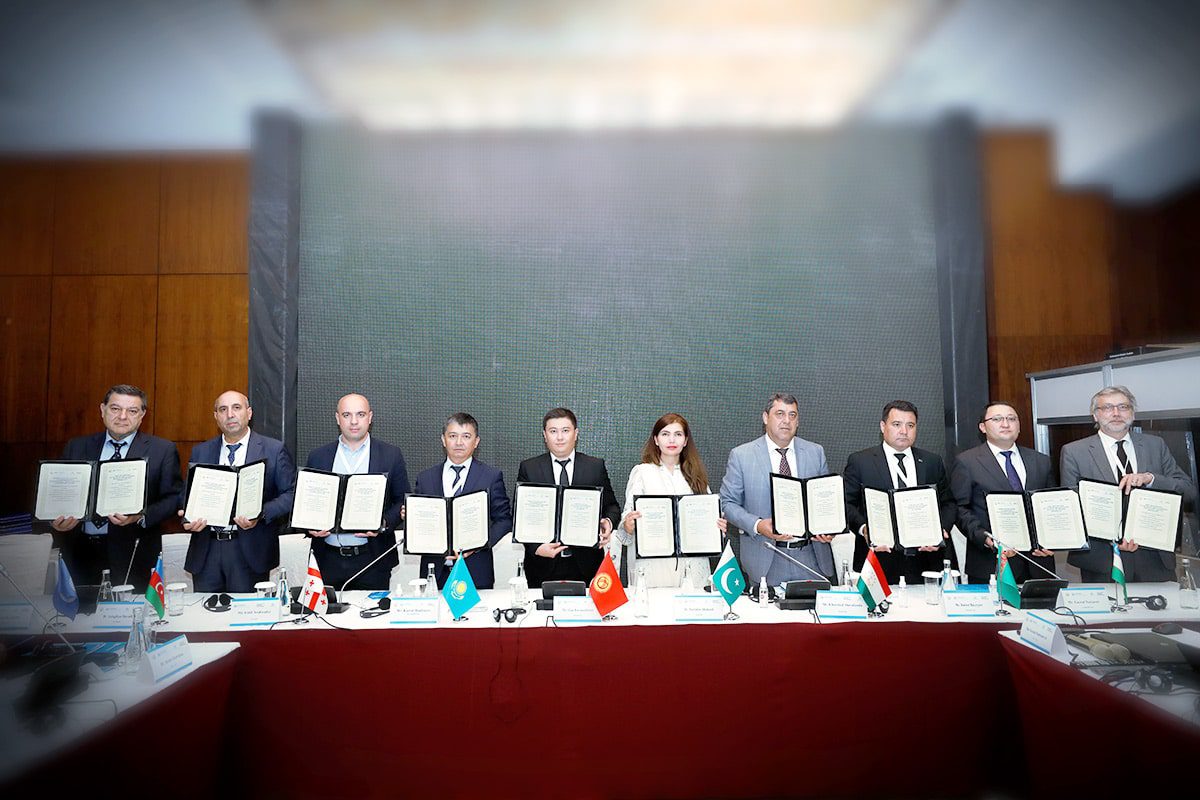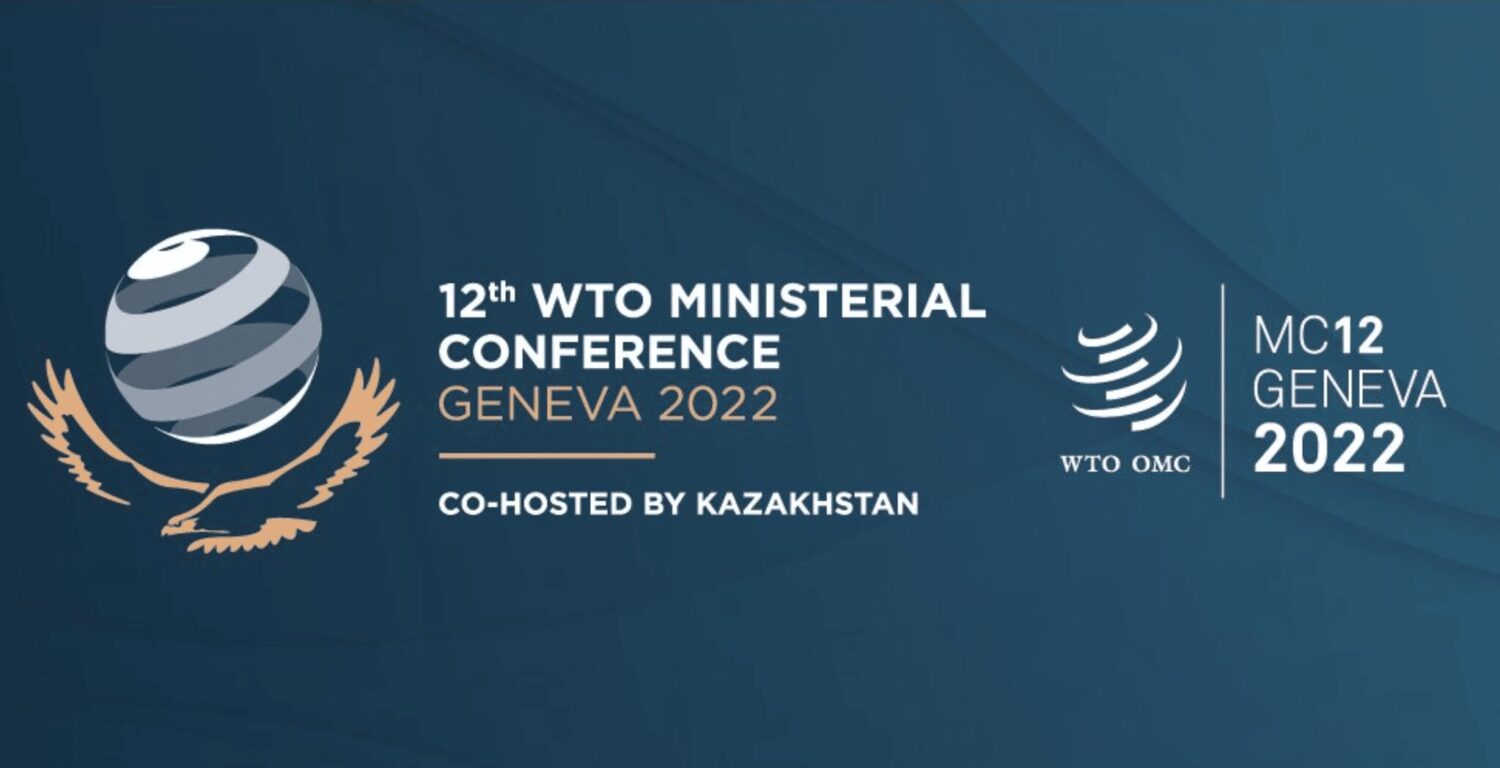MACAU, June 13 – The Global Centre of Tourism Education and Training of the Macao Institute for Tourism Studies (IFTM), in collaboration with United Nations World Tourism Organisation (UNWTO), successfully held virtually its thirteenth training programme on 24-26 May 2022 on “Capacity Building for Sustainable Tourism through Festivals and Events”.
This training programme was specifically designed for decision makers in ministries and administrations of UNWTO Member States in Asia and the Pacific, together with participants from the Guangdong-Hong-Kong-Macao Greater Bay Area. Forty-one participants from sixteen member states participated, namely Bangladesh, Brunei, D.P.R. Korea, Fiji, Indonesia, Iran, Maldives, Mongolia, Myanmar, Nepal, Pakistan, Papua New Guinea, Philippines, Sri Lanka, Vietnam and Macao SAR, as well as thirteen participants from the Guangdong-Hong Kong-Macao Greater Bay Area participated in the programme. The training had also attracted views from observer audience from Australia, Bangladesh, Spain, Thailand, Chinese Mainland and Macao SAR.
Given the diverse nature of festivals and events, many authorities around the world have turned these as innate resources that enrich and diversify a destination’s tourism portfolio, thereby creating a unique destination proposition. These events offer an invaluable alternative to tourists, and as importantly, as catalysts for economic, social and environmental development, potentially contributing to the United Nations Sustainable Development Goals (UNSDG). For the first time in IFTM-UNWTO collaboration, the three-day webinars focused on themes such as: events and communities; encompassing cultural festivals to sport meets; and tourist events to community celebrations.
On Day 1, Professor Greg Richards from Tilburg University, the Netherlands, opened the three-day training with an overview of using festivals and events as innate resources in destinations. Ms Maria Helena de Senna Fernandes, Director of Macao Government Tourism Office introduced to participants Macao’s efforts in using festivals and events as part of Macao’s tourism portfolio. On Day 2, Professor Richard Shipway from the Bournemouth University, United Kingdom, discussed the variety of sports events and their role in communities and on the world stage. Mr Jairo Calañgi from MR.J Sports and Entertainment Events Planning Company, a local business in Macao, shared with participants his ongoing effort in developing Macao’s sports culture and how to use sports events targeted at communities as viable revenue sources. On Day 3, Professor Judith Mair from the University of Queensland delivered an insightful overview of sustainability in events, particularly on how events contribute to the UNSDGs. Dr Ubaldino Couto from the Macao Institute for Tourism Studies discussed the drivers and barriers to greening events, along with UNWTO programme officer, Mr Julian Michel, who shared some interesting insights to conclude the three-day training.
In the opening remarks, Mr Harry Hwang, Director of Regional Department of Asia and the Pacific, UNWTO, and Dr Fanny Vong, President of the Macao Institute for Tourism Studies, highlighted the importance of festivals and events in a destination’s tourism product offering, and their potential to be developed as tourism products and drivers for sustainable development. Professor John Ap, Director of the Global Centre for Tourism Education and Training of Macao Institute for Tourism Studies added that this theme provides an important angle of sustainable tourism development and its relevance in building human capital, which is an important purpose for the collaboration between IFTM and UNWTO.
The lively discussions between the speakers and the participants over the three days of activities created an invaluable learning platform for all, filled with many insightful and thought-provoking comments and questions. The feedback received from participants were very positive, many commented the training provided an invaluable insight into festivals and events, leading to their careful consideration sustainable development in the planning of tourism resources in their destinations. Mr Seyed Sajad Mokhtari Hosseini from Iran commended that “the content of this training course has had a beneficial effect on my mentality regarding the relationship between events and the sustainability of tourism destinations”. Mr Abid Hussain from Pakistan added that “the main takeaway for me regarding this programme is to engage local communities in different activities, showcasing of unique culture during events, protection and preservation of indigenous cultures”. Sophie Yu from China appreciated the speakers on their insightful presentations and said the training programme, “very inspiring, deeply impressed by the knowledge shared by all the experienced presenters”.
The Global Centre of Tourism Education and Training Centre was set up in 2016 following a memorandum of understanding signed between the Macao SAR Government and UNWTO. The agreement covered topics including the enhancement of human capital for the tourism industry and the promotion of sustainable tourism. The Centre has hosted more than 37 programmes, including 13 with collaboration with UNWTO, 20 for the Portuguese-Speaking Countries, and 4 Executive Development Programmes and other training activities, with around 578 participants from 37 countries and regions who have been involved in the Centre’s training activities.












